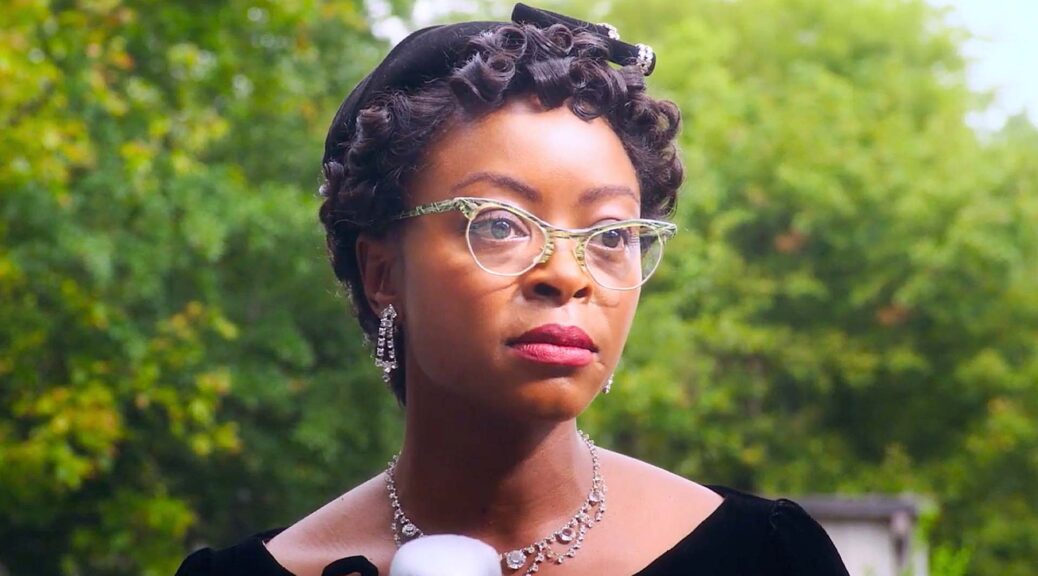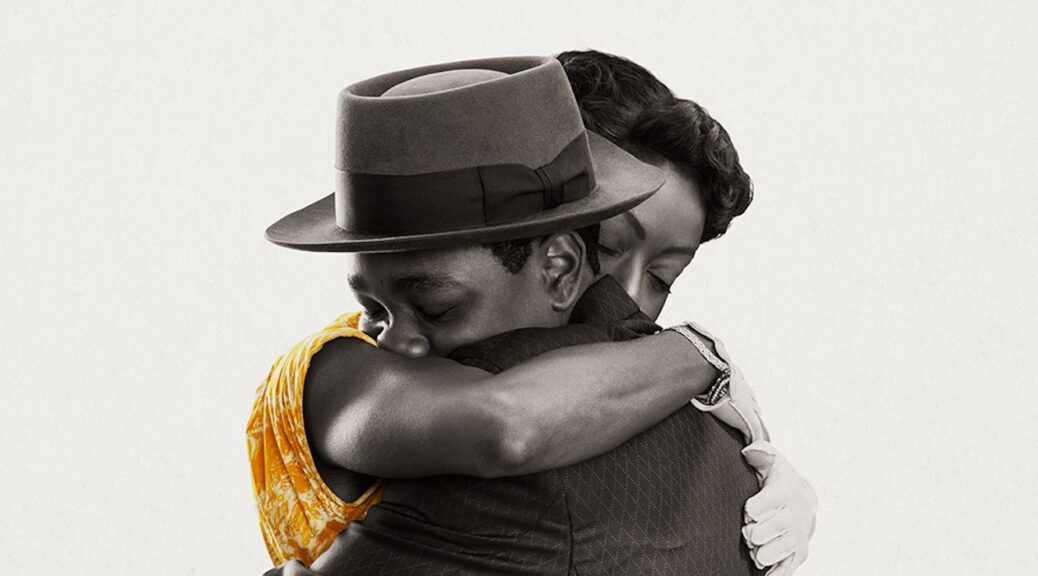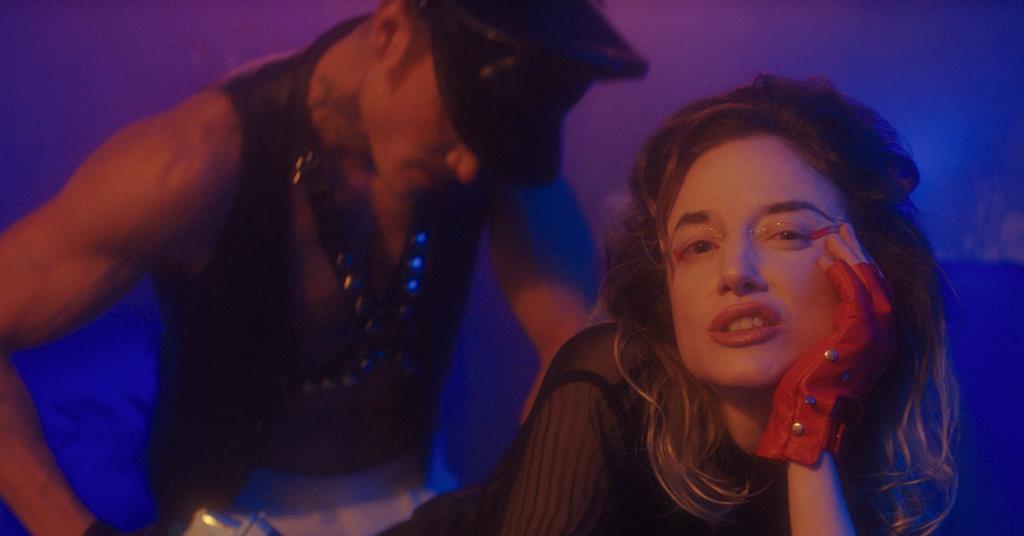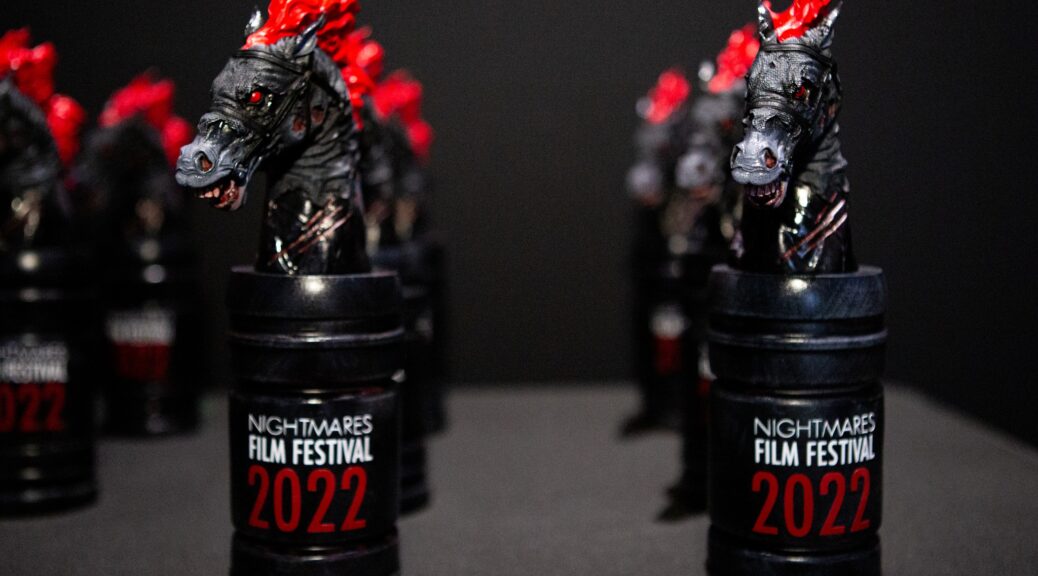Happy Halloween! We’re celebrating the holiday and Nosferatu‘s 100th birthday with a look at the movies most influenced by F.W. Murnau’s masterpiece.
5. Dracula (1992)
Cinematographer Michael Ballhaus called this film Francis Ford Coppola’s last must-watch. It does look amazing. Gary Oldman and Tom Waits are great, too. Everybody else…
Coppola’s inspiration for the film was Murnau’s masterpiece, which is especially obvious in the opening act. Not only is Oldman styled as a goofy older character, but his shadow seems to move on its own. A clear homage to what Murnau did to such startling effect.
At the heart of the film is a glorious Oldman, who is particularly memorable as the almost goofily macabre pre-London Dracula. Butthe film feels more Hammer than Murnau, as the lovely Sadie Frost joins a slew of nubile vampire women to keep the film simmering. It’s a sloppy stew, but it is just so tasty.
4. What We Do in the Shadows (2014)
In the weeks leading up to the Unholy Masquerade – a celebration for Wellington, New Zealand’s surprisingly numerous undead population – a documentary crew begins following four vampire flatmates.
Viago (co-writer/co-director Taika Waititi) – derided by the local werewolf pack as Count Fagula – acts as our guide. He’s joined by Vladislav (co-writer/co-director Jemaine Clement), who describes his look as “dead but delicious.” There’s also Deacon (Jonathan Brugh) – the newbie at only 187 years old – and Petyr. Styled meticulously and delightfully on the old Nosferatu Count Orlock, Petyr is 8000 years old and does whatever he wants.
The filmmakers know how to mine the absurd just as well as they handle the hum drum minutia. The balance generates easily the best mock doc since Christopher Guest.
3. Salem’s Lot (1979)
Tobe Hooper was such an epic choice to direct this made-for-TV event film in 1979. Stephen King’s beloved novel seems an odd fit for network television, especially in Hooper’s delightfully macabre hands.
Though David Soul may have been the draw in ’79, it’s James Mason’s rich and peculiar delivery of every line that kept the film odd and fascinating.
Hooper’s best choice? Going full Orlock with Mr. Barlow!
2. Nosferatu the Vampyre (1979)
Also in 1979, Werner Herzog committed his own take on the Murnau masterpiece to film, and what a glorious endeavor that was! Herzog’s Nosferatu the Vampyre looks hypnotic, and his score feels like a haunting ode to the live accompaniment the original might have boasted.
Klaus Kinski effortlessly revives the ratlike presence of Max Schreck, while Herzog’s script teases out a melancholy the original only hinted at. Isabelle Adjani’s heartbroken central figure is the anchor for the film, but Herzog has a great twist up his sleeve to leave a final scene impression.
1. Shadow of the Vampire (2000)
E. Elias Merhige revisits F. W. Murnau’s masterpiece Nosferatu with smashing results in Shadow of the Vampire. Wickedly funny and just a little catty, ‘Shadow’ entertains with every frame.
This is the fictional tale of the filming of Nosferatu. Egomaniacal artists and vain actors come together to create Murnau’s groundbreaking achievement in nightmarish authenticity. As they make the movie, they discover the obvious: the actor playing Count Orlok, Max Schreck is, in fact, a vampire.
The film is ingenious in the way it’s developed: murder among a pack of paranoid, insecure backstabbers; the mad artistic genius Murnau directing all the while. And it would have been only clever were it not for Willem Dafoe’s perversely brilliant performance as Schreck. There is a goofiness about his Schreck that gives the otherwise deeply horrible character an oddly endearing quality.













